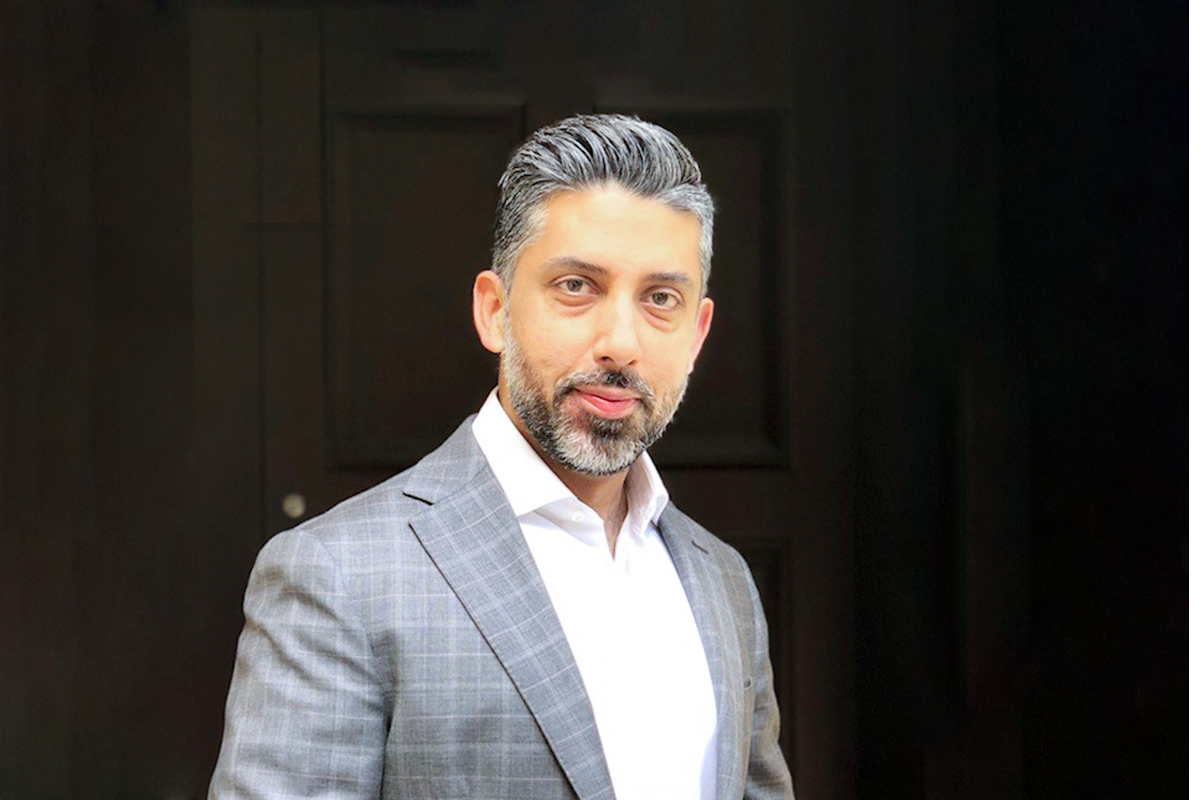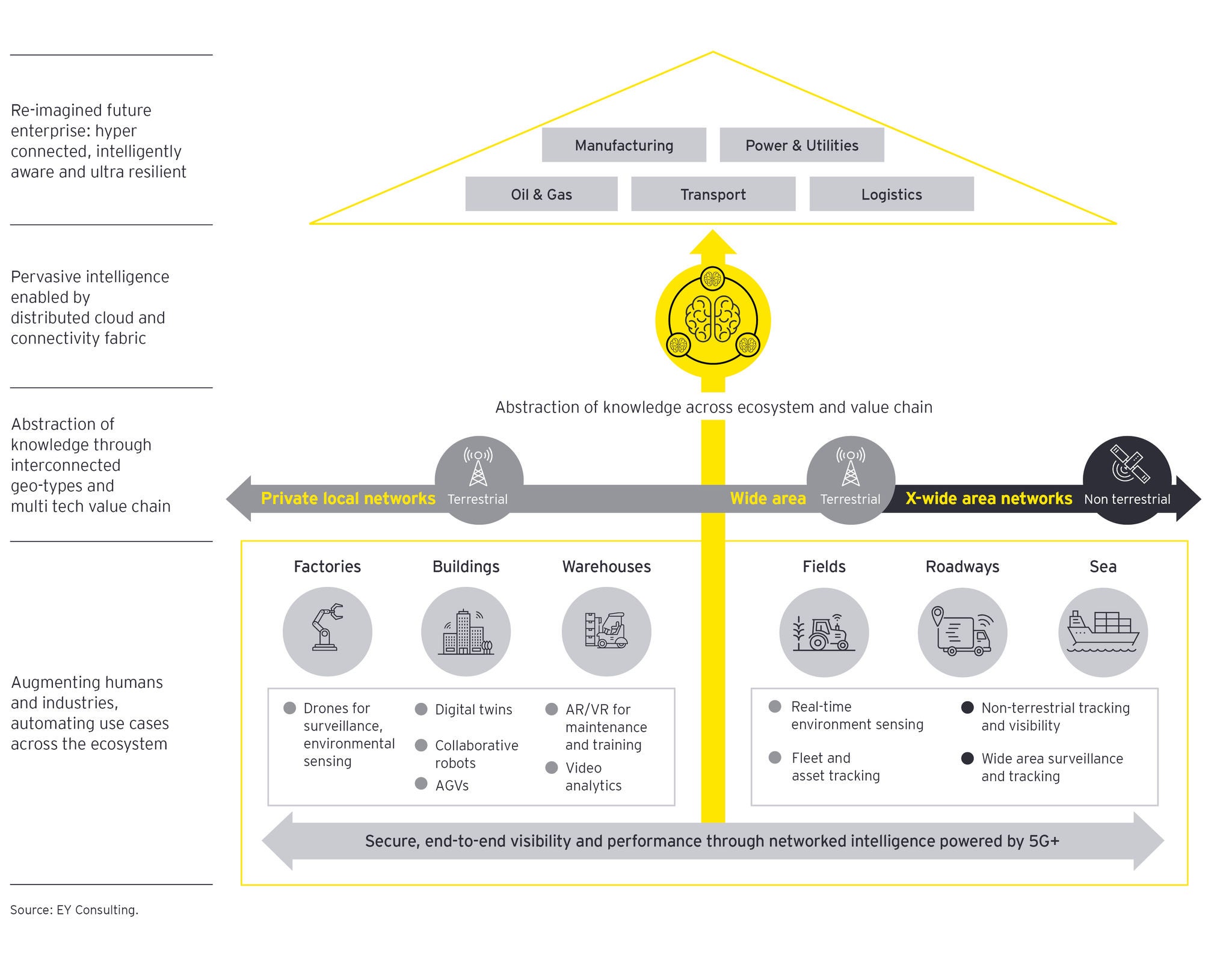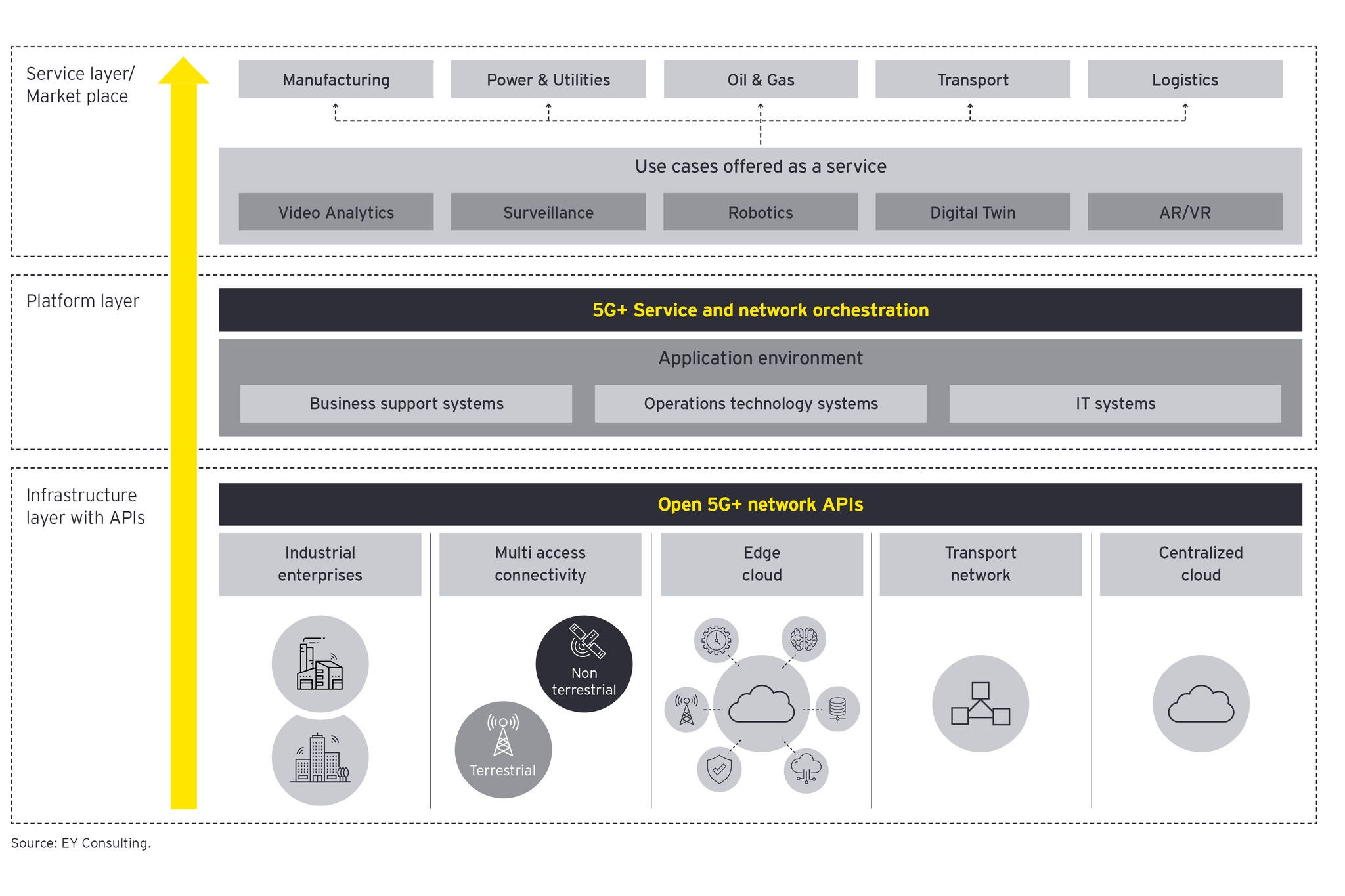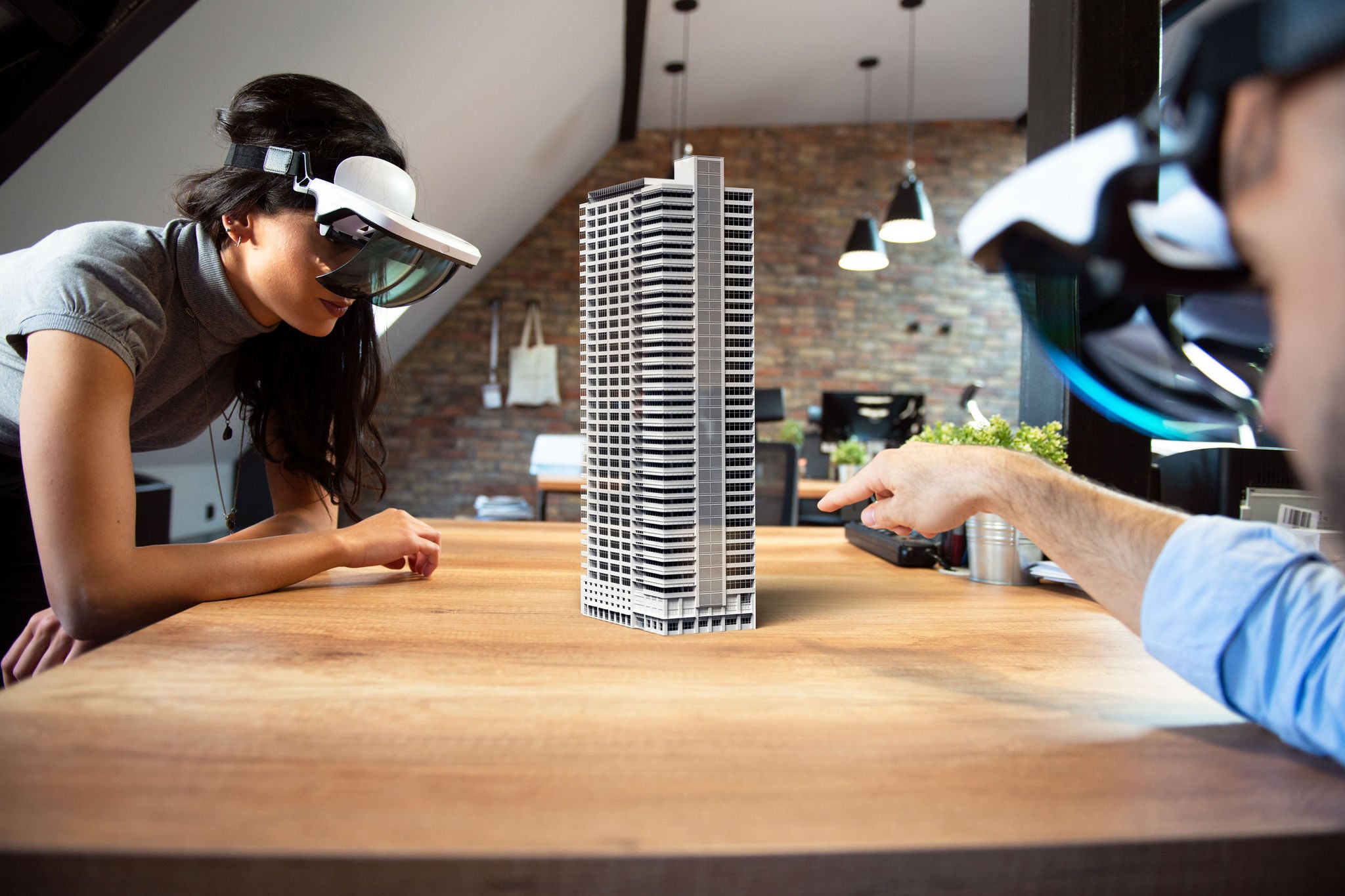EY refers to the global organisation, and may refer to one or more, of the member firms of Ernst & Young Global Limited, each of which is a separate legal entity. Ernst & Young Global Limited, a UK company limited by guarantee, does not provide services to clients.
How EY can help
-
EY Data and Insight-Driven Transformation teams can help you use technology and data to modernize and innovate your business and prepare for future disruption. Learn more.
Read more
To realize this vision, networking and computing capabilities such as distributed edge clouds, enterprise private networks, artificial intelligence (AI) and robotics must come together in a secure manner, offered as a platform that we call 5G+.
The idea will be to merge enterprise operations technology and industrial information and communications technology (ICT), and be consumed “as a service,” giving users access to tools and techniques from anywhere, at any time. This will democratize access to frontier capabilities and augment the reach, creativity and impact of technology to industries and people.
5G is the already-present enabler of this future reality, bringing not just a boost in connectivity but an architectural shift through which cloud computing becomes integrated into connectivity networks and moves to the edge.
The rise of open, disaggregated, cloud-based networks will usher innovation by giving industries complete visibility, helping them realize a new level of productivity only possible with intelligence that is pervasive across geo-types and adapted to varying service needs. It will fuel entrepreneurism, new business models and markets, and new winners.
For example, 5G+ is a layered architecture with the potential to enable a thriving enterprise application marketplace which makes it possible for companies to fully leverage the potential of 5G+ networks through open application programming interfaces (APIs). There will be new business models to catalyze 5G adoption across sectors, enable frictionless consumption of advanced services, and deliver measurable benefits across the value chain.
When physical, digital and human worlds collide in the era of pervasive intelligence, innovators will also create new analytical tools to ensure people can make use of, and not be overwhelmed by, the data rush.









